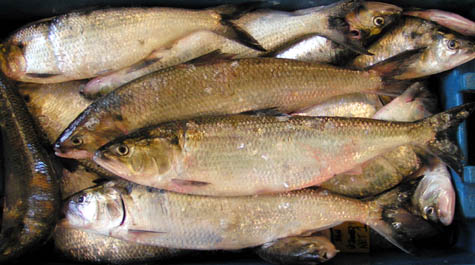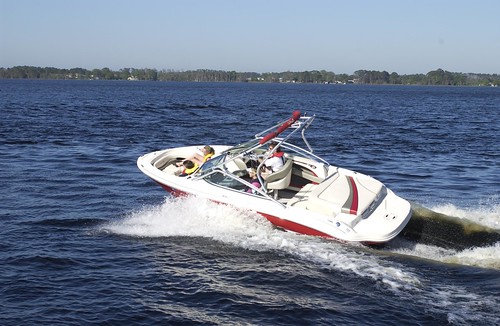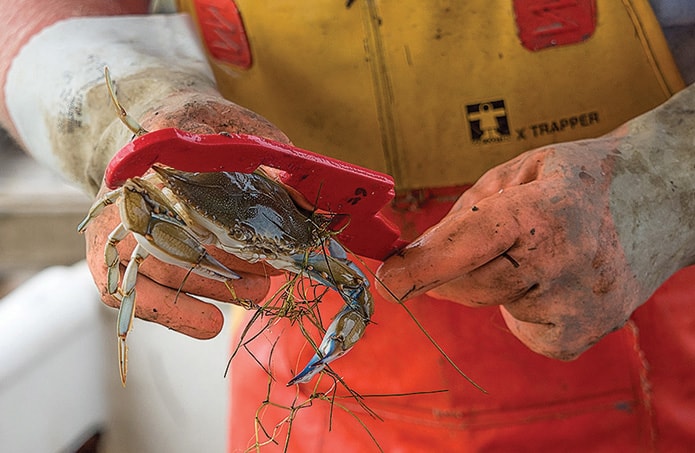The James River Association (JRA) released their biennial State of the James report grading one of the Chesapeake Bay’s three largest rivers at a B. The 66% score is much improved from its failing health decades ago—Scientists estimate the James’s health in the 1970s would have been a D-minus.
But there are troubling parts of the report, including a lack of progress in rebuilding the American shad population. Shad traditionally migrate from the ocean all the way up to the James River to spawn upstream. But researchers conducting this year’s report caught zero shad for the first time. River advocates say while they’ve made progress against pollution over the decades, new challenges continue to arise, causing some of the setbacks.
JRA’s State of the James summarizes ongoing efforts to bring the James back to full health. This critical assessment, compiled using data from partners across the watershed, examines the status and trends of 18 indicators across two categories—river health and river restoration progress. In terms of good river health news for the James, underwater grasses expanded to their highest total on record, and water quality in the once-badly-polluted tidal section returned to its recent high. Since pollution from upstream sources heavily influences both of these indicators, their collective improvement signifies broader progress.
Unfortunately, American shad remain at an all-time low score of 0 percent. Upon the urging of JRA and partners, Virginia’s General Assembly allocated funding for a recovery plan for these iconic fish by the Virginia Institute of Marine Science (VIMS). The recovery plan is due to the General Assembly by the end of 2023.
“The conservation and management of American shad in the rivers of Virginia will take a continued and coordinated effort by multiple partners to address both direct and indirect pressures on this species,” said Dr. Eric Hilton of VIMS.
“To save this iconic species and other migratory fish in the James, Virginia must take swift action to address the threats identified in the American shad recovery plan,” James Riverkeeper Tom Dunlap said. “We cannot let such an important part of our river ecosystem, our history and our culture disappear from the James River.”
Still, local, state, and federal investments in clean water programs for wastewater, agriculture and urban stormwater together have yielded direct improvements in pollution controls.
“The recent historic level of [state] investments in wastewater and agricultural pollution controls are already paying dividends for the millions of Virginians who rely on the James River,” said Nathan Thomson, Lead Policy Advocate for JRA. “The more we invest in the river, the greater the improvement in river health and benefits to the community.”
“The James River has come a long way since JRA was founded in 1976,” said Bill Street, CEO and President. “Now it’s a prized asset for the communities that surround it, playing an important role in people’s lives every day. While progress has slowed in recent years as the river faces new challenges from climate change, we see signs that a grade A James is possible if we keep up our collective commitment and all do our part to safeguard the river for future generations.”
To learn more about the State of the James, including an interactive version of the report, 2023 State of the James Spotlight Videos, Climate Change and the James River, and how you can help by becoming a James Changer, visit stateofthejames.org.
-John Page Williams




